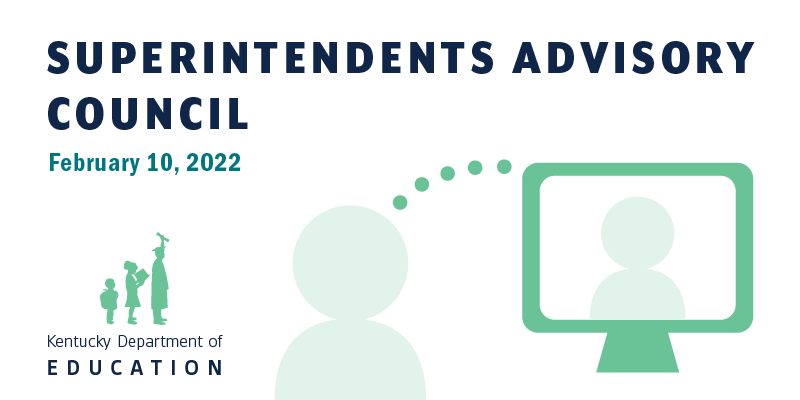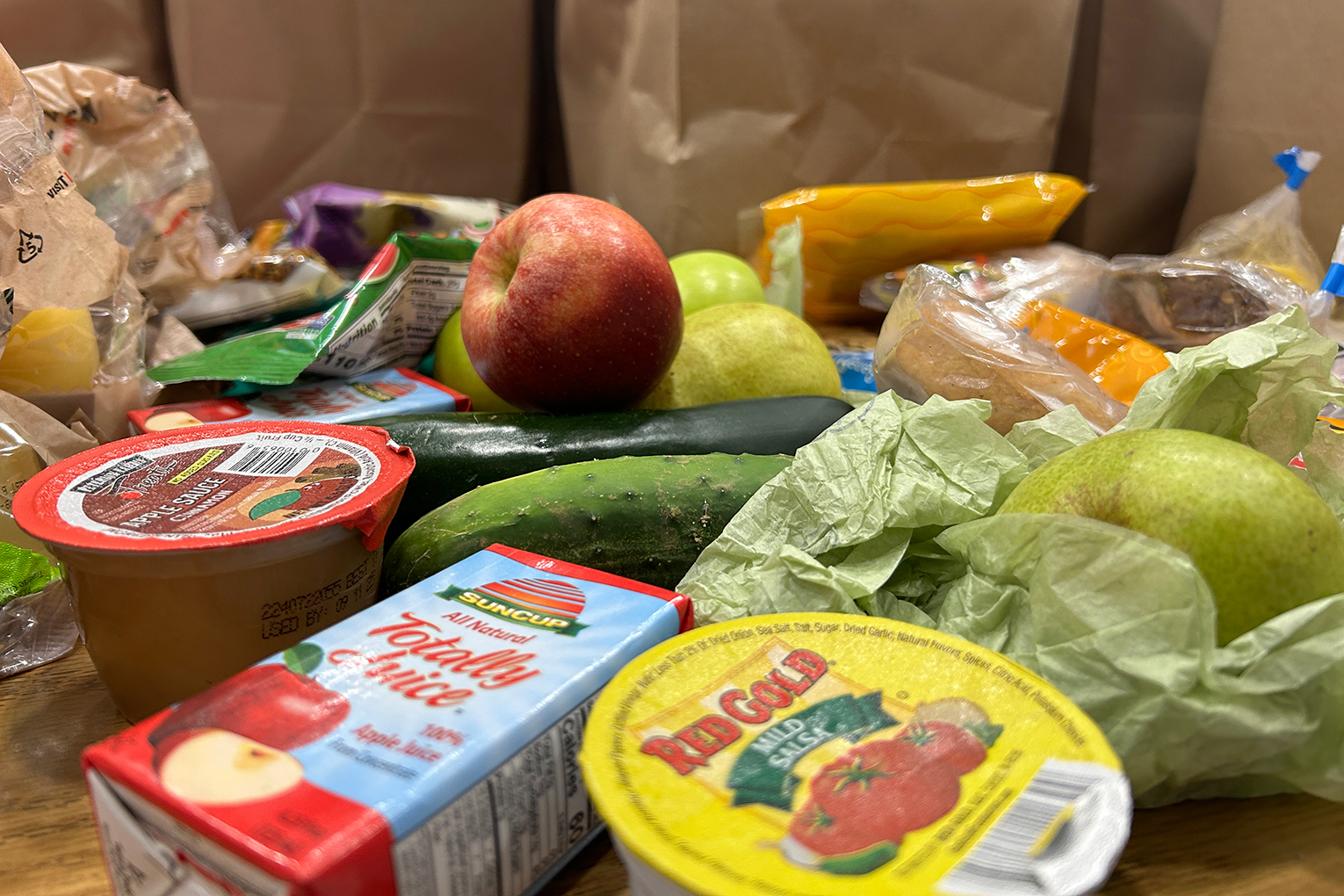 The Kentucky Department of Education’s (KDE’s) Superintendents Advisory Council discussed legislative updates and guidelines on being up to date on COVID-19 vaccinations during its Feb. 10 meeting.
The Kentucky Department of Education’s (KDE’s) Superintendents Advisory Council discussed legislative updates and guidelines on being up to date on COVID-19 vaccinations during its Feb. 10 meeting.
Brian Perry, director of government relations for KDE, shared updates on several House and Senate bills, including House Bill 1, House Bill 285 and House Bill 5 (HB 5).
Perry said that HB 5, related to the creation of the West Kentucky State Aid Funding for Emergencies (SAFE), details tornado relief measures, including $30 million for local school districts. However, the bill does not include some of the relief requested by local districts, such as: a measure that would keep their base state funding stable for a period of time, even if students left the district due to the tornado; emergency instructional and contract days; and the ability to use the SAFE fund to offset local revenue losses.
Commissioner of Education Jason E. Glass briefly explained the release of the Impact Kentucky Working Conditions Survey and said he hopes the results can lead to a bigger conversation about how teachers can be better supported.
Every two years, certified educators working at least half-time are given the opportunity to provide input on teaching conditions. The results can be used to inform improvements within schools, districts and statewide.
This is the first working conditions survey that has been administered to teachers since the COVID-19 pandemic began. More than 38,000 certified employees responded to the survey, and approximately 33,000 of those were teachers.
While educators reported most favorably on staff-leadership relationships at 76%, they reported least favorably on emotional well-being and belonging at 48%. A total of 75% of respondents said they were, to some degree, concerned with the emotional well-being of their colleagues as a result of their work, and 64% said they were concerned about their own emotional well-being.
“I think these results are a good snapshot of what our teachers have been experiencing, and it’s a lot of struggle,” said Glass. “In addition to the release of this data, we just released an op/ed about how we can help teachers thrive. We hope what emerges from this is a statewide conversation about how we can pull together as a Commonwealth to support teachers and see them thrive.”
‘Up to Date’ on Vaccinations
Connie White, M.D., deputy commissioner of the Kentucky Department for Public Health (DPH), discussed the definition of being up to date on COVID-19 vaccinations.
White said the primary series – which entails the single dose or the first two dose of the COVID-19 vaccine, depending upon the type of vaccine received – meant an individual was up to date. However, once individuals started receiving boosters, DPH changed the guidance to being up to date if you have received both primary doses and a booster.
She said guidance varies according to age group. For example, children ages 5-11 are considered up to date if they have received their two primary doses.
“A person is up to date when they have received all recommended COVID-19 vaccine doses, including booster dose(s) when eligible,” said White.




Leave A Comment